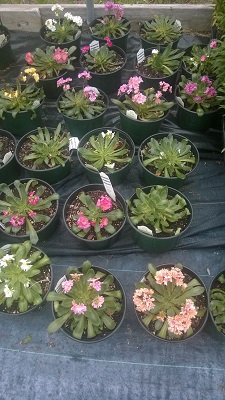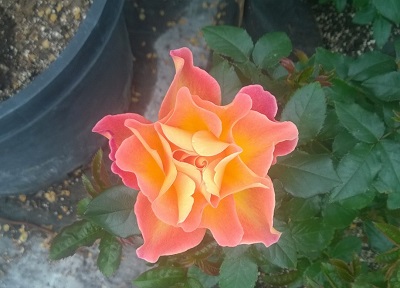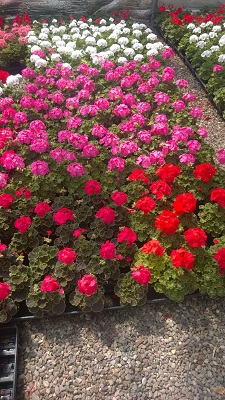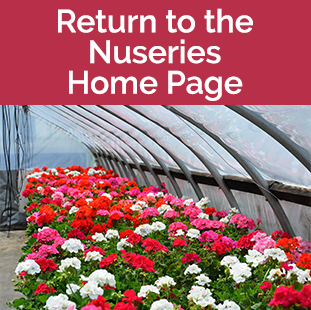What does the Nursery Program do for you?

The Montana Department of Agriculture Nursery Program provides licenses for the sale and distribution of nursery products as part of efforts to maintain the quality of all nursery stock grown in Montana. The nursery program also monitors nursery stock that is imported to or exported from the state of Montana.
The Nursery Program's Objectives:
- Ensure that plant materials are free from harmful pests;
- Monitor for noxious weeds;
- Check for accurate plant and variety identification and labeling; and
- Protect the health of agriculture in Montana.
Agricultural and forest pests can hitchhike on nursery stock that is moved from one part of the world to another. Almost all plant material sold in Montana is imported and hitchhikers are a real threat to the state. Insects and diseases that hitchhike on nursery stock can have a harmful effect or destroy plants grown in the horticultural industry, agricultural crops, and native plants. The economic loss caused by plant pests is not limited to direct damage to nursery stock. Infestation or damage in agricultural commodities may destroy the use of a crop, or make it unsuitable for export. These kinds of effects can extend throughout the economies of the entire state or region.
How does the program ensure nursery stock quality?
By law, and by reciprocal agreements with other states, plant material at businesses that sell or distribute nursery stock is required to be inspected and certified free from injurious plant pests. Inspections are conducted to intercept pests not known to occur in Montana and to protect consumers from purchasing plant material that is not healthy. Nursery inspectors have the expertise and up-to-date knowledge of existing and new pest threats, quarantines, and regulatory requirements that apply to businesses, the public, and agricultural industries. They can also provide advice on best management practices to reduce insect and disease pathways specific to the state of Montana, and ways to improve the general health of nursery stock.
To ensure quality nursery stock and provide protection for Montana's nursery industry and consumers, the program inspects and samples nursery stock at the following locations:
- Florists;

- Nursery stock growing sites;
- Garden centers;
- Nursery stock distribution points;
- Retail stores carrying nursery stock;
- Landscaping businesses;
- Farmers markets; and
- Other locations as needed.
All plant material available for sale must be properly labeled, listing the scientific or common name. When necessary, the program collects plant samples from the above nursery stock growing locations and retail sites to provide information for national surveys. A working relationship with the USDA Animal Plant Health Inspection Service, Plant Protection and Quarantine seeks to prevent new pest introductions and the movement of plant pests from foreign countries.
What is nursery stock?
The definition of nursery stock is as follows and can be found in MCA 80-7-105:
Nursery stock means botanically classified plants or parts of plants, including but not limited to tropical potted plants, aquatic plants, and turf or sod grass. The following plants and plant materials may not be considered nursery stock:

- a. field crop plants and seeds;
- b. pasture grasses;
- c. cut plants not for propagation;
- d. fruits or vegetables for human or animal consumption;
- f. cut trees and products that are going to be processed to a point that they no longer represent a pest risk;
- e. plant debris for disposal or processing; and
- f. cut trees and their products


